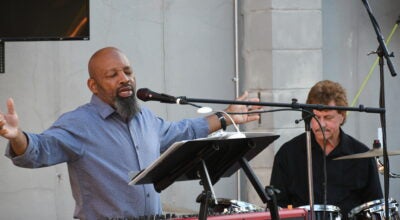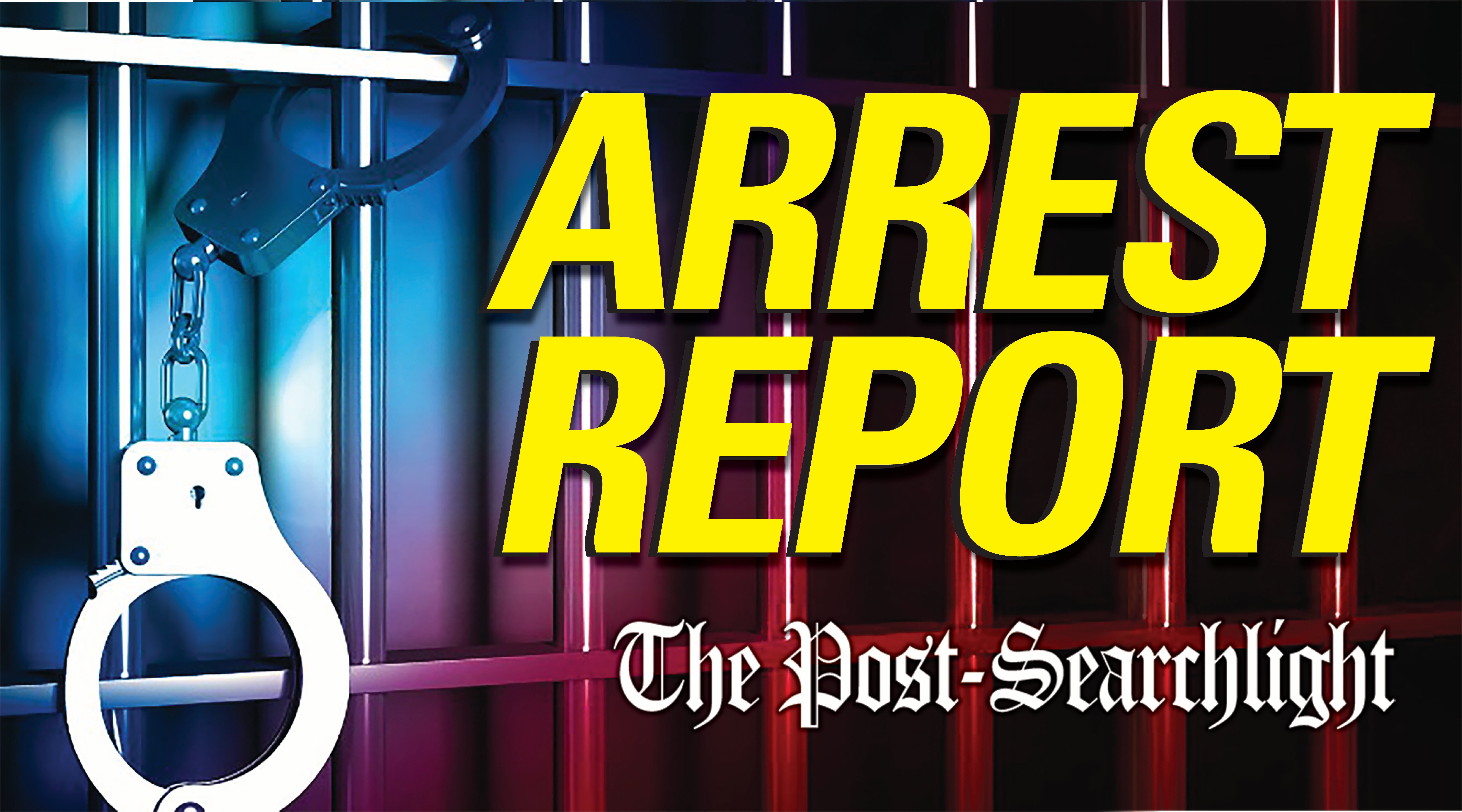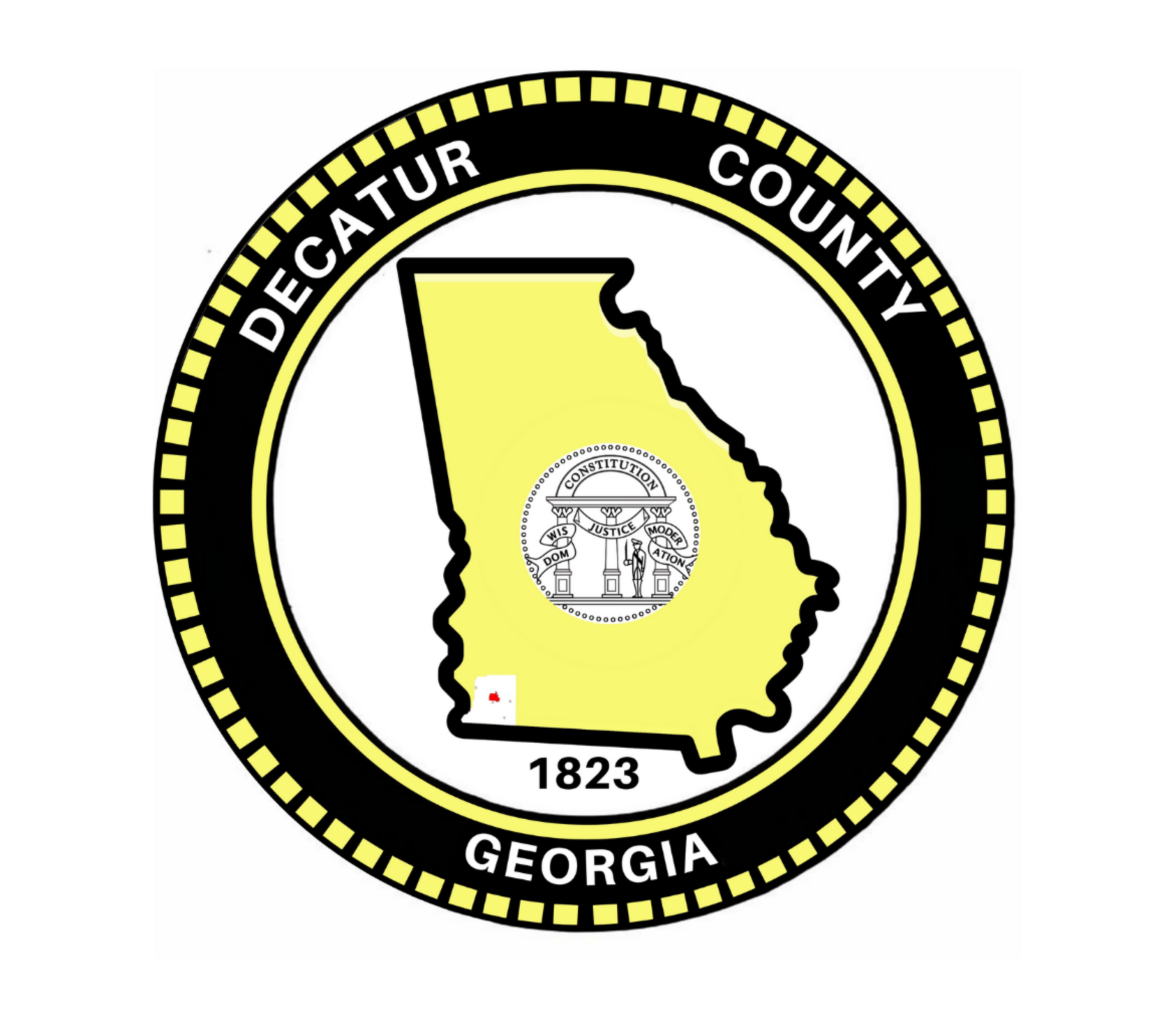Emergency responders using new digital radios
Published 7:40 am Friday, July 5, 2013
Local emergency response agencies have recently begun using new digital radio communication technology that has several benefits, including improved officer safety.
All emergency response agencies in Decatur County, including E-911, the Emergency Management Agency, Fire and Rescue, Bainbridge Public Safety, the Sheriff’s Office and the Emergency Medical Service are now using a digital VHF system that replaces an older analog system. The Georgia State Patrol, the Decatur County Board of Education and the Bainbridge Public Services Division are also using the new digital frequencies.
All agencies using the analog systems were required by the federal government to switch over to a newer narrowband technology–digital VHF is just one of several options to achieve that goal.
The new digital system required upgrading of equipment at E-911’s dispatch headquarters, as well as radio towers located at the Sheriff’s Office and behind the old BPS headquarters on Shotwell Street. All of the agencies’ handheld, two-way radios and vehicle-mounted radios had to be replaced. This also means that analog radio scanners are no longer capable of picking up the digital radio traffic.
Bainbridge Public Safety has been using the digital system on a daily basis for about three weeks now and officials are pleased with the results so far, BPS Director Eric Miller said.
“The improved voice clarity is like going from old 45-rpm records to compact discs—the digital system cleaned up the audio so it’s much clearer.”
The quality boost is more than just easier on the ears—weather, interference from other agencies using the same frequencies and other factors made the analog transmissions scratchy, hissy and garbled at times, forcing officers and dispatchers to repeat themselves.
The digital system, along with upgrades to the radio towers, has also resulted in a wider transmission coverage area for Sheriff’s deputies, Chief Deputy Wendell Cofer said.
Before, deputies using their in-car radios could be heard throughout most of the county, except for a low-lying area near Attapulgus. But using their hand-held analog radios, coverage only extended to about 20 to 30 percent of the county’s area, Chief Deputy Cofer said.
With the new digital system, not only are in-car transmissions extended to virtually 100 percent of the county, but there has been a “substantial improvement” to how well deputies can be heard when they’re using the portable radio attached to their uniform.
That’s a definite plus for the safety of officers and other first responders who have to work in rural areas, because it means they can be heard with more certainty by other responders and dispatchers, in case a danger presents itself, Cofer said.
BPS Director Miller said that his officers have adapted to the new technology easily and for now, usage of the digital system is very much like using the old system.
But as city and county officials continue to implement new operational standards, other benefits will be gained by what the new digital system is capable of doing.
Right now, an E-911 dispatcher giving out a call talks on both the BPS and Sheriff’s Office channels at the same time. However, depending on the nature of the call, the dispatcher might get responses from officers of both agencies on their separate channels.
“We don’t know when someone else is talking on the other channel, and the dispatcher might be having to listen to two officers at once,” Director Miller explained. “We hope to eventually clean up those kind of issues and find better ways of communicating to ensure officers are heard.”
For example, it’s already possible for officers to switch to a different channel separate from the agency’s main channel to deal with a major incident such as a fire or wreck.
“We could be dealing with that major accident and talking among ourselves without interfering with other officers responding to normal calls,” Miller said. “The dispatcher can distinguish between the two channels and talk to the incident commander directly, helping officers to get the help and resources they need.”
In case of a disaster, the digital radios are also pre-programmed to talk with radio channels used by state and federal emergency response agencies, Cofer said.
“We definitely appreciate the capabilities of the new digital radio system and the enhancements it’s already providing,” Cofer said. “Although we were required to do this upgrade, it’s also a taxpayer-funded system and we’re thankful for their support.”





